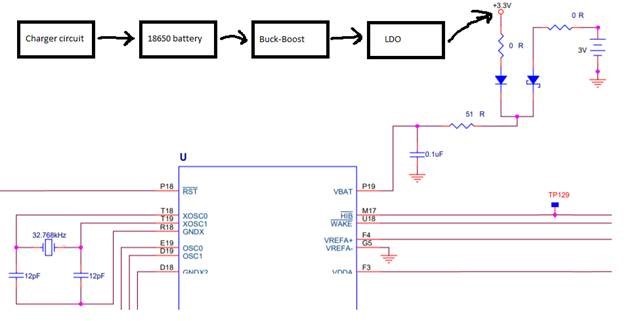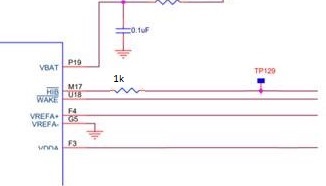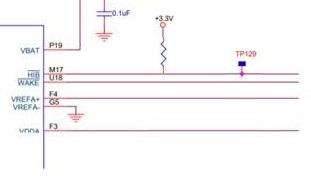Other Parts Discussed in Thread: EK-TM4C1294XL
We are using TM4C1297NCZAD-212-BGA for our product and we are having issues with Hibernation module current consumption. Our product uses crystal for a hibernation module clock source and the only difference from the schematic as shown in Figure 7-2 (Tiva TM4C1297NCZAD Data Sheet, Date: June 18, 2014) is that our product does not use the 3V coin cell Battery as Input Voltage to a Switch. It uses external power source (from external rechargeable Lithium-ion battery) as an input to a Switch and HIB signal to enable Switch output.
We noticed that the Hibernation module is not in hibernation mode when the boards arrive from PCB assembly. The external rechargeable Lithium-ion battery is not present, only the Hibernation module is powered from 3V coin cell Battery, the microcontroller is not flashed/programmed. Tiva Data Sheet describes that the one of the way to enter hibernation mode is to supply power to Hibernation mode, but remove the power from Vdd. Is this desired functionality? Is there any internal MCU circuit powered from HIB signal when the signal is deasserted (~3V), that could drain 3V coin cell Battery?




